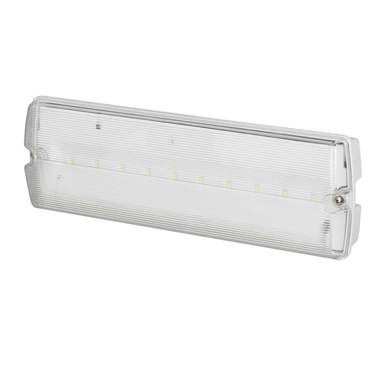S
swisstony
Hi all, DIY here 
First off let me just say it is advice I am after as I am fully aware that I will probably need an electrician to complete the job. My question is how much I can do myself up to a point.
So many years ago I built a shed at the top of the garden ( approx 30m away from garage). I needed power and lighting to the shed so purchased the armoured cable, fixings, outdoor sockets etc (on the advice of my sparky) and did the labour myself of digging the trench from the garage (where the feed would be ) laying the cable including tape, drainage etc. Then my sparky came in and did all the easy work Actually he was brilliant and connected up all the power, changed the fuse in the main board, added in lighting and fitted the exterior sockets for the garden. Tested and provided me with the certificate. All good.
Actually he was brilliant and connected up all the power, changed the fuse in the main board, added in lighting and fitted the exterior sockets for the garden. Tested and provided me with the certificate. All good.
So my next plan is to build even a bigger second shed behind the first one . During this lockdown project a man's got to have a project ! So I am building it myself over the course of the next few months. It will be positioned around 2 feet away from the first shed ( have attached a small rough diagram) . So the question at last : I would like to have power and lightning in the new shed (approx 10ftx8ft) pent roof style. So given that it will be so close to the old shed , how hard is to extend the power and lighting circuit into the new shed ? I will be using it as a small wood workshop so will need power sockets around the perimeter at worktable height. Probably about 4 double sockets. Lighting will be simple LED shop lights x 2 on the ceiling. nothing fancy.
How much could I do for the prep work ?
would it be an extension from inside the old shed across to the new shed or would it be a spur from the original feed ?
power tools are all 220V , I don't have any that are 110V
Thank you for any advice
cheers


First off let me just say it is advice I am after as I am fully aware that I will probably need an electrician to complete the job. My question is how much I can do myself up to a point.
So many years ago I built a shed at the top of the garden ( approx 30m away from garage). I needed power and lighting to the shed so purchased the armoured cable, fixings, outdoor sockets etc (on the advice of my sparky) and did the labour myself of digging the trench from the garage (where the feed would be ) laying the cable including tape, drainage etc. Then my sparky came in and did all the easy work
 Actually he was brilliant and connected up all the power, changed the fuse in the main board, added in lighting and fitted the exterior sockets for the garden. Tested and provided me with the certificate. All good.
Actually he was brilliant and connected up all the power, changed the fuse in the main board, added in lighting and fitted the exterior sockets for the garden. Tested and provided me with the certificate. All good.So my next plan is to build even a bigger second shed behind the first one . During this lockdown project a man's got to have a project ! So I am building it myself over the course of the next few months. It will be positioned around 2 feet away from the first shed ( have attached a small rough diagram) . So the question at last : I would like to have power and lightning in the new shed (approx 10ftx8ft) pent roof style. So given that it will be so close to the old shed , how hard is to extend the power and lighting circuit into the new shed ? I will be using it as a small wood workshop so will need power sockets around the perimeter at worktable height. Probably about 4 double sockets. Lighting will be simple LED shop lights x 2 on the ceiling. nothing fancy.
How much could I do for the prep work ?
would it be an extension from inside the old shed across to the new shed or would it be a spur from the original feed ?
power tools are all 220V , I don't have any that are 110V
Thank you for any advice
cheers
Last edited by a moderator:










